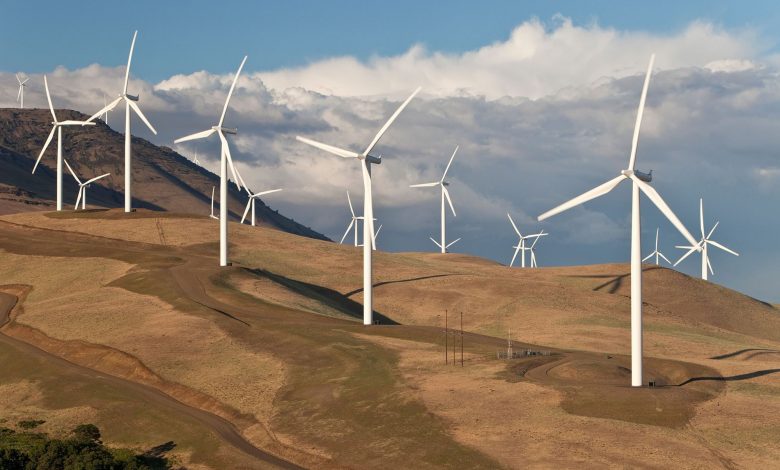India’s Wind Power Industry Is Poised To Harness Opportunities
10 GW of exclusive tenders were carved out for wind and designated implementing agencies

This year, India presides over the G20, a group of the largest economies of the world representing 85% of global GDP and 80% of global carbon emissions. In this role, India can convene countries around the shared need to scale up clean electricity. The global emphasis on climate change has increased the demand for RE projects.
Already the fourth-largest wind market in the world, India has tremendous potential to expand its domestic wind capacity. India’s wind power industry is poised to harness opportunities. The prospects of growth in the domestic market with a future towards international supply chain requirements, provide an opportunity for Indian companies to increase their participation. India, with its strategic geopolitical position and scale, has become a prime destination for countries seeking to establish a manufacturing base.
In 2022, the Indian market exhibited a robust expansion with the award of 4.7 GW tenders including standalone wind and wind-solar hybrid projects in state and central tenders. Between Jan to June 2023, nearly 3.5 GW tenders have been awarded and another 5 GW has been announced.
Targets have been set to reach 500 GW of renewable energy capacity by 2030, including 140 GW of wind energy. India can play a critical role here to ramp up manufacturing and export of wind components to supply the industry in Asia and beyond.
GWEC outlook India, a recent report released demonstrates, policy corrections could enable an ambitious scenario of more than 26 GW in wind installations over the next five years through 2027. The long-term growth and health of India’s economy will depend on access to clean, reliable, and affordable power for all, as well as a strong manufacturing sector to support the renewable energy industry. This year’s wind energy outlook outlines India’s multiple domestic and international opportunities to capitalise on wind market growth and drive progress towards these goals.
Authorities are already taking promising steps to realise a faster pace of growth, such as revising the wind tender mechanism and publishing a clear roadmap for annual auctions in 2024. Renewable Purchase Obligations (RPO) of Distribution Companies (DISCOMS) and the central government trajectory will drive the growth of wind installations. The Ministry of Power (MoP) has given an RPO target to DISCOMs of estimated 57.5 GW by 2027; 33.1 GW is already installed as of 2022, leading to a gap of 24.4 GW which needs to be fulfilled by 2027. State regulators have already set an RPO target of 19 GW, against which the state DISCOMS have committed to procure 17 GW from wind so far. These numbers will fuel future tenders and lead to further increase of the pipeline.
This year in 2023 the Ministry of New and Renewable Energy (MNRE) announced a bidding trajectory of 50 GW renewable auctions per year until FY 2028. Out of these auctions, 10 GW of exclusive tenders were carved out for wind and designated implementing agencies with a calendar of implementation.
The total cumulative wind energy capacity in India by 2027 is expected to increase to ~63.6 GW and could range from 59.3-68.1 GW. In terms of offshore wind, a strategy paper from MNRE in 2022 announced plans to award 37 GW in tenders towards 2030 in the states
of Gujarat and Tamil Nadu.
Devlopment of Offshore wind market and emerging hydrogen ecosystem will complement growth of the wider wind industry, and propel wind into a more significant role in India’s power mix after 2030. With capacity additions of nearly 5-6 GW projected, the market will still have spare capacity, which can be targeted towards the global wind market.
The writer of this article is Dr. Seema Javed, an environmentalist & a communications professional in the field of climate and energy




